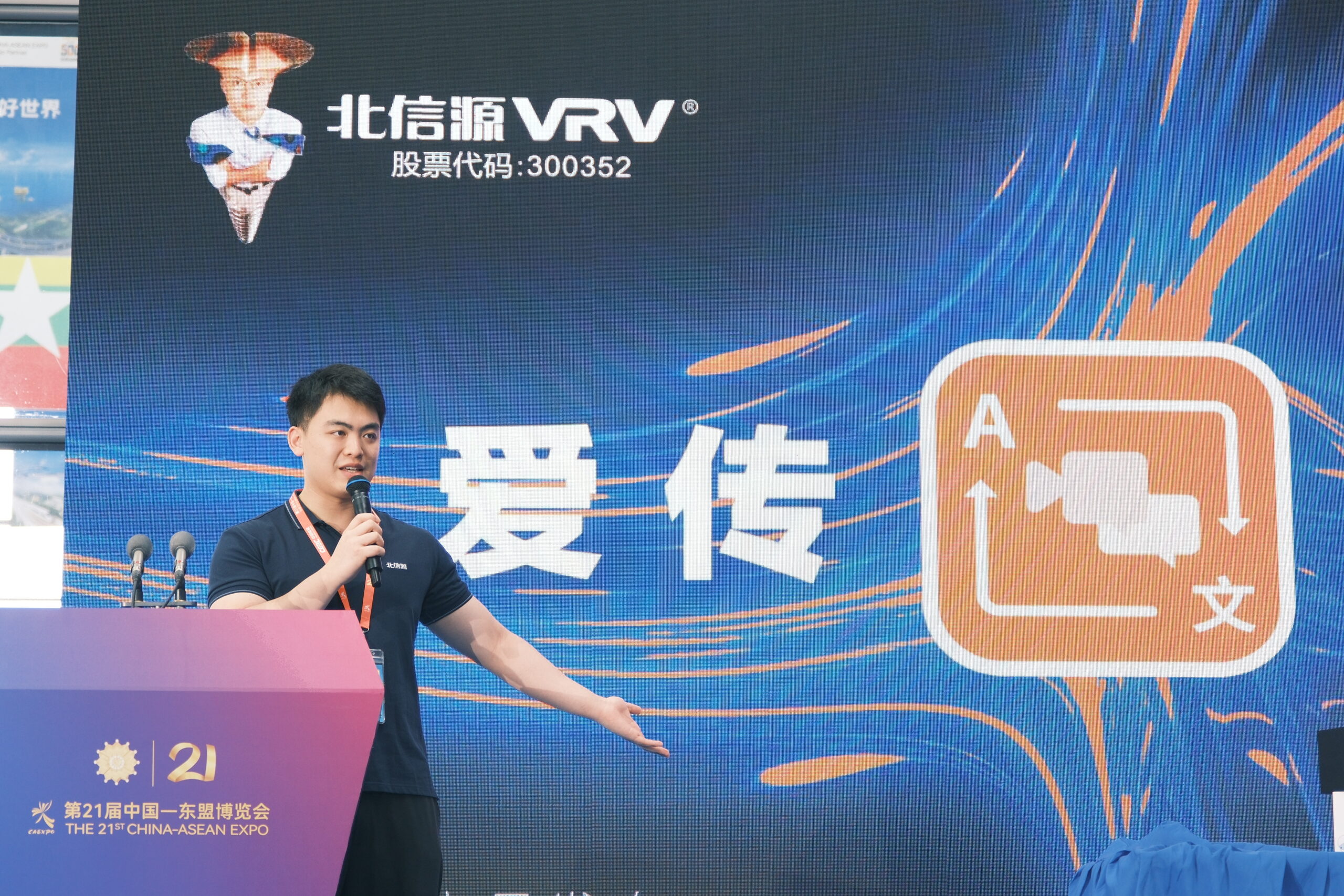When Simon & Schuster first teamed up with Thoughtworks in 2017, the goal was simple: bring the legendary Pimsleur Method into the digital age. Eight years on, that collaboration has blossomed into a comprehensive, cloud-native language-learning ecosystem—complete with AI-driven pronunciation coaching, bite-sized micro-lessons, and a robust backend that scales from solo subscribers to global corporate partners. Here’s a deep dive into what’s been built, why it matters, and where this partnership is headed next.

Reinventing a 50-Year-Old Method for Today’s Learners
The Pimsleur Method—centered on spaced-repetition auditory drills—has helped millions learn a new language. Yet in an era when learners demand on-the-go flexibility, rich multimedia, and data-driven personalization, analog audio CDs alone no longer suffice. Thoughtworks and Simon & Schuster have reimagined Pimsleur as:
- Cross-Platform Apps: Redesigned mobile and web apps feature offline downloads, dark-mode accessibility, and progress syncing across devices—ensuring daily practice fits into busy schedules.
- Scalable Cloud Backbone: Built on AWS with containerized microservices, the platform dynamically provisions resources to handle peak demand (e.g., New Year’s resolution surges) while maintaining sub-second response times for lesson loads and user-data queries.
- Unified Customer Management: A single dashboard tracks learner progress, subscription status, and B2B corporate licences—enabling both individual learners and enterprise L&D teams to manage cohorts, usage reports, and renewals seamlessly.
AI Innovations: Voice Coach and Mini Lessons
Building on that foundation, Thoughtworks recently integrated advanced AI features that deepen engagement and accelerate mastery:
- Voice Coach: Leveraging speech-to-text and custom pronunciation models, Voice Coach offers instant, dialect-aware feedback—highlighting mispronunciations, modeling target sounds, and adapting difficulty as learners progress.
- Mini Lessons: Twenty to sixty-second “snackables” reinforce vocabulary through interactive quizzes, contextual dialogues, and gamified flash-cards—designed for smartphones, smart speakers, and smartwatches alike.
- Adaptive Spaced-Repetition: AI algorithms fine-tune review intervals based on each learner’s recall patterns, ensuring words and phrases stick long-term without overwhelming the user.
Behind the Scenes: Digital Application Management & Operations
Maintaining a platform of this scale demands rigorous DevOps and collaboration between maintenance and delivery teams. Thoughtworks’ Digital Application Management and Operations (DAMO) services bring:
- Continuous Integration & Continuous Delivery (CI/CD): Automated pipelines run thousands of end-to-end tests on every code change, ensuring new features roll out without disrupting live learners.
- Observability & Incident Response: Real-time telemetry dashboards monitor user-experience metrics—page-load times, error rates, API latencies—and trigger automated remediation scripts or on-call alerts within seconds of anomalies.
- Cross-Functional Collaboration: DAMO embeds SRE, QA, and product-ownership practices into a shared governance model—accelerating bug fixes and feature releases while reducing context-switch overhead.
Tangible Results: Growth and Efficiency
According to Simon & Schuster, these combined efforts have driven:
- 50% Year-Over-Year User Growth: More learners discover—and stick with—the program thanks to seamless onboarding and engaging AI touchpoints.
- 30% Reduction in Churn: Personalized nudges and adaptive reviews keep users motivated, shrinking monthly cancellations.
- 2× B2B Sales Acceleration: Corporate language-training deals have doubled as HR and L&D teams embrace the platform’s reporting and integration capabilities.

What’s Next: Expanding Horizons
The partners have outlined several high-impact initiatives on their 12-month roadmap:
- Conversational AI Tutors: Agent-driven, open-ended dialogues that simulate real-world conversations across contexts—travel, business, and cultural exchange.
- Multimodal Learning Paths: Integrating video-based grammar tutorials, AR-enhanced vocabulary cards, and collaborative community challenges to cater to diverse learning styles.
- Global Market Localization: Rolling out fully localized interfaces, support channels, and marketing for emerging markets in Asia, Latin America, and Africa—leveraging AWS’s global infrastructure to reduce latency.
Conclusion
Simon & Schuster’s partnership with Thoughtworks exemplifies how legacy educational content can be transformed through modern engineering, AI innovation, and agile operations. By marrying the time-tested Pimsleur Method with a next-generation digital platform, the collaboration is not only boosting user satisfaction and revenue but also setting a new bar for what language-learning experiences can achieve in a connected world.
Frequently Asked Questions (FAQs)
Q1: What platforms does the Pimsleur app support?
iOS, Android, and modern web browsers—plus integrations for smart speakers and wearable devices.
Q2: How does Voice Coach differ from basic speech-to-text?
It uses custom pronunciation models fine-tuned on native speakers’ recordings, providing phoneme-level feedback and accent adaptation.
Q3: Can corporate L&D teams integrate Pimsleur into their LMS?
Yes—thoughtworks-built APIs and SSO connectors allow seamless integration with popular LMS platforms (e.g., Moodle, Cornerstone).
Q4: Is user data secure?
All data is encrypted at rest and in transit on AWS, with SOC-2 compliance and strict controls preventing any PII leakage.
Q5: How often are new languages or levels added?
Simon & Schuster updates content quarterly, with new language offerings and advanced proficiency tiers based on user demand.
Q6: What support channels are available?
Learners can access 24/7 chat support, community forums, and in-app help guides; corporate clients receive dedicated account management.

Sources EdTech Innovation Hub


